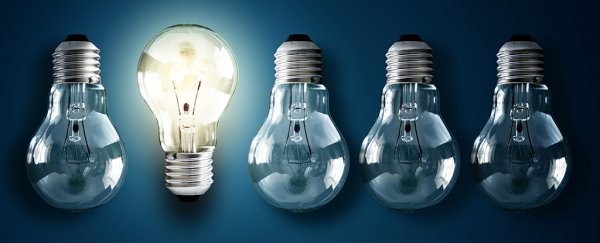
The first requirement relates to if your invention is able to be protected by a patent. The first law claims that anything made by man can be patented; however, you will find stuff that the final Court has deemed unable to be patented. These categories which have been placed not allowed to patents are laws of nature, abstract ideas, and natural phenomena. Although these categories have already been ordered being against the rules, the USPTO has attemptedto push the bounds making new standards for patentable material. One of these simple includes wanting to patent business methods; however, the Supreme Court has ruled that they must involve some type of computer to become patented.
The next requirement necessitates that an invention is advantageous for some reason. The invention only must be partially helpful to pass this requirement; it'll only fail if it is totally incapable of achieving a helpful result. This can be a super easy requirement to pass, but it may be failed discover in a position to identify why your invention is useful otherwise you don't include enough information to exhibit why your invention is advantageous. Also, your claim for why your invention is effective defintely won't be credible when the logic is flawed or the facts are inconsistent using the logic.
The third requirement, the novelty requirement, prompts the inventor to exhibit that the invention is totally new for some reason. An invention will fail this requirement if it's just like a reference that's been previously built to your invention. In other words, if the patent would infringe on an existing patent, this doesn't pass this requirement. If the reference can be a newspaper as well as other form you have to ask: in the event the newspaper was issued a patent, would your brand-new patent infringe?
For your invention to pass through the 4th requirement, it must be unobvious. Your invention could be obvious if someone else experienced in the field combined a few past references and came to your invention. Therefore, an invention cannot contain a simple mixture of InventHelp George Foreman Commercials; however, in the event the inclusion of the inventions isn't considered already known, then it will be considered unobvious. For this reason this requirement can be extremely tricky. So, simply speaking, if an invention contains only obvious differences from prior art, then it will fail this requirement.
The written description requirement differs from one other tests as it is because of completing the patent instead of the invention itself. This final requirement requires that an invention be described so that others will be able to make, use and understand the invention. You can find three requirements so that you can build a garden shed. First, the enablement requirement says the inventor must describe their invention you might say where other folks could make and employ the invention. The very best mode requirement requires that an inventor describes the way they choose to perform their invention's functions. The written description requirement does not have strict guidelines, with no one is exactly sure what it demands; therefore, to be able to satisfy it, it's easiest to say you need to simply describe your invention in just as much depth as possible.